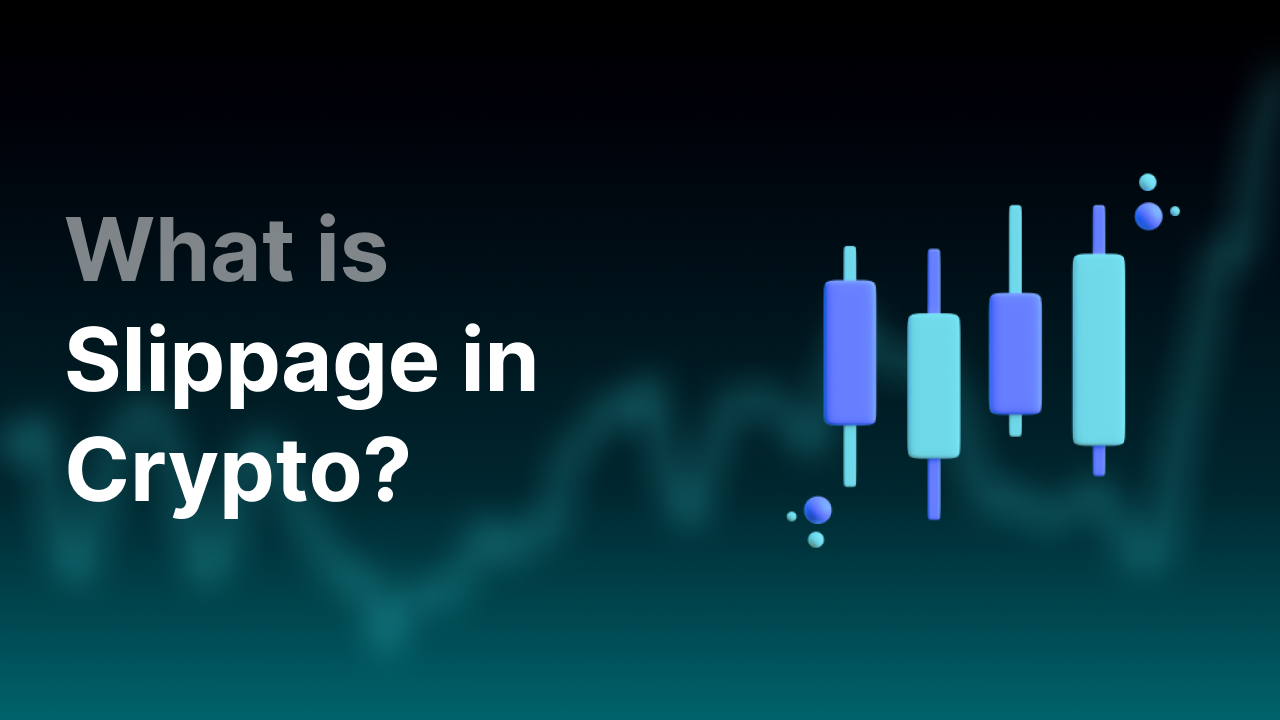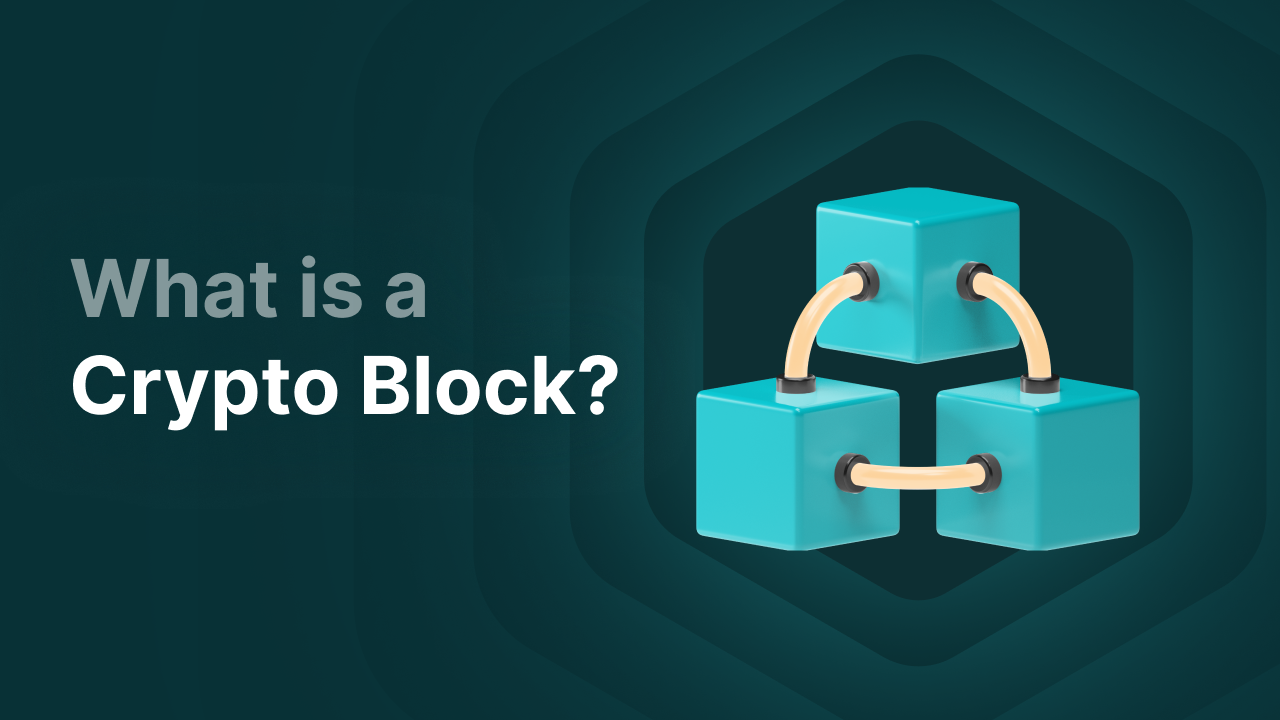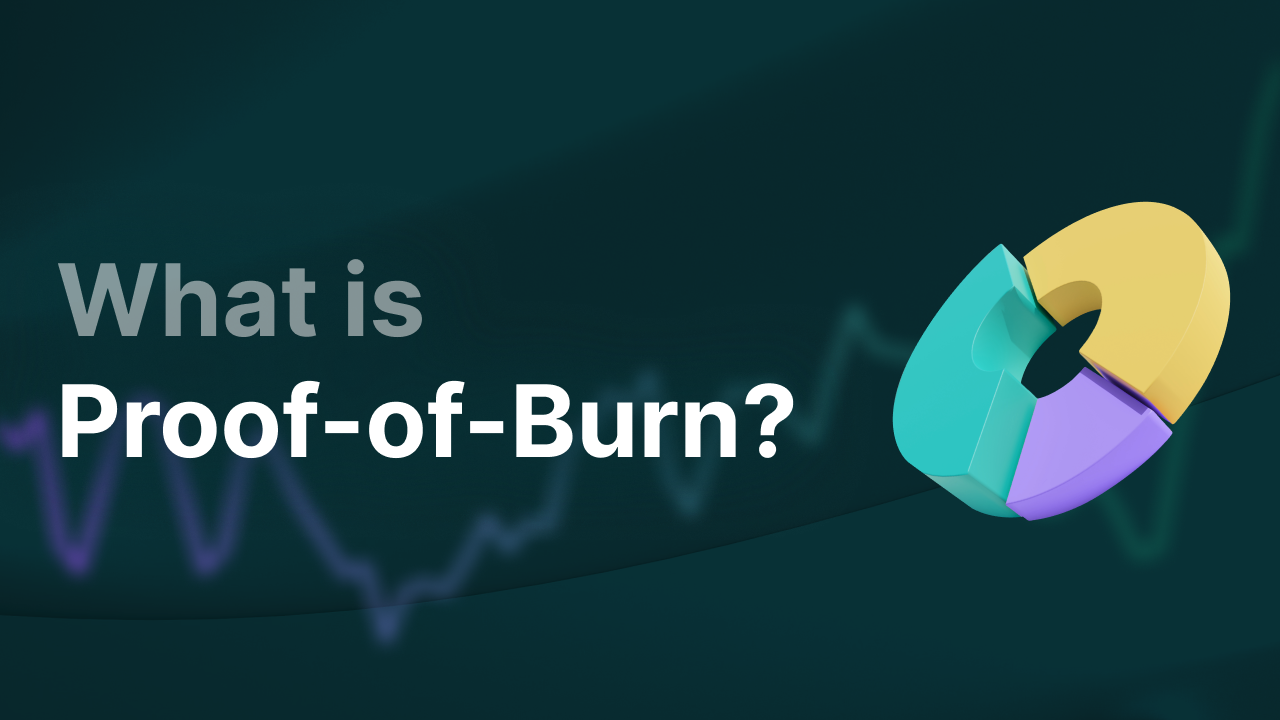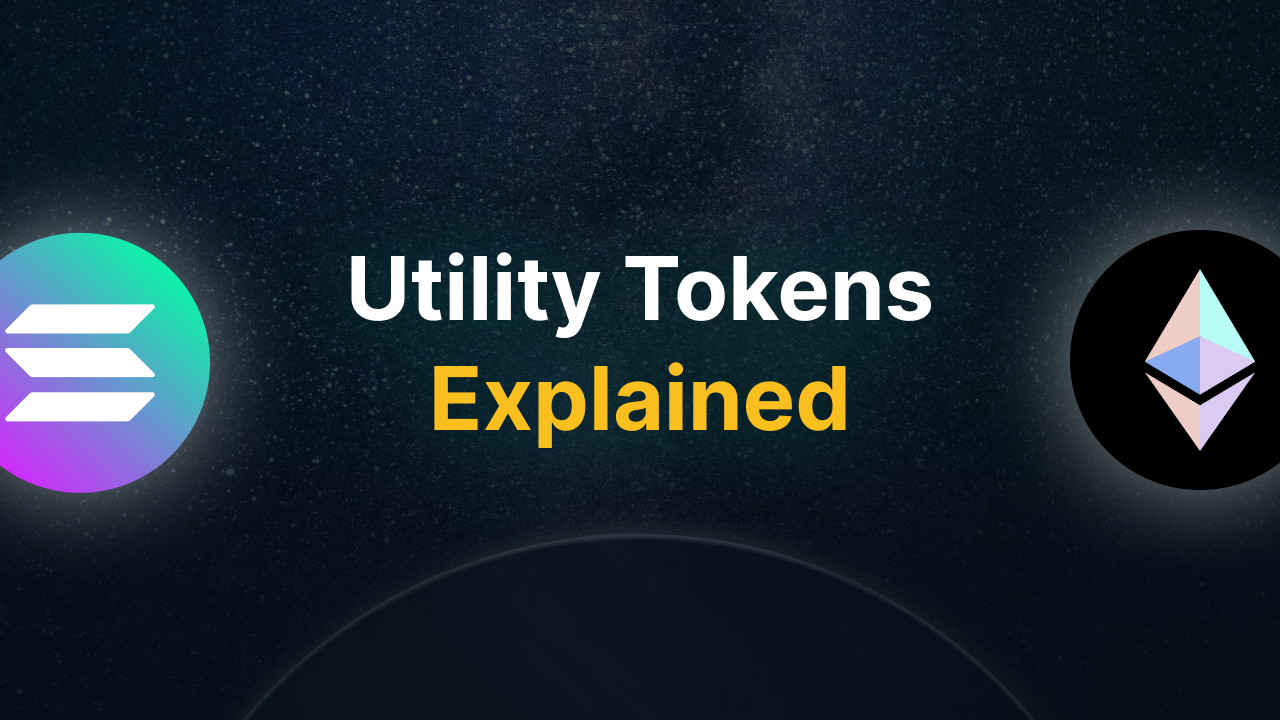What is EIP-1559 and what is the impact of the update?
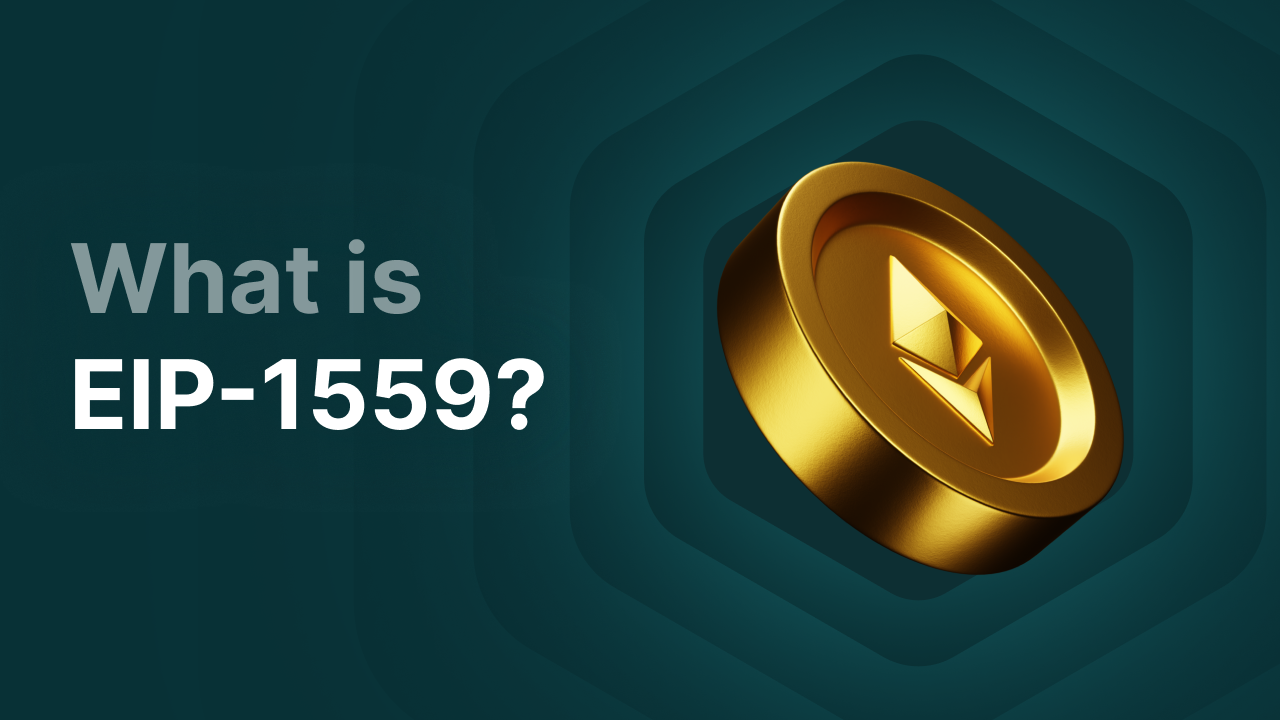
What is EIP-1559?
EIP-1559 (Ethereum Improvement Proposal 1559) is a major update to the Ethereum network and was implemented on August 5, 2021, as part of the London Hard Fork. The update was introduced to address network congestion and make Ethereum usage more efficient and user-friendly, while also introducing scarcity through a burning mechanism.
The update introduced a new transaction fee system, where the network applies a 'base fee' and 'priority fee'.
Key Takeaways
-
EIP-1559 introduced a new transaction fee system on Ethereum where users pay a fixed base fee and can optionally add a priority fee to have their transaction processed faster.
-
The auction model for transaction fees was replaced, making costs more predictable and fairer, with fewer failed or canceled transactions as a result.
-
The base fee is automatically burned with each transaction, removing ETH from circulation and contributing to deflationary pressure on supply.
-
Block sizes became more flexible: during high activity, blocks can temporarily become twice as large, improving network efficiency.
-
EIP-1559 was a crucial step for Ethereum’s transition to Proof of Stake (The Merge), as it introduced a more stable and fair economic model for validators.
Introduction of the new transaction fee system and burning mechanism
When EIP-1559 was implemented in 2021, it introduced a new transaction fee system and burning mechanism. This implementation structurally changed how the Ethereum network operates.
Base fee
Every user must pay a standard gas fee to execute a transaction. The base fee is a dynamic fee that adjusts with network activity. Previously, Ethereum used an auction model (first-price auction), where you had to bid to have your transaction processed first. Ideal for crypto whales, but less ideal for small users wanting to send a few hundred euros worth of Ethereum. During high congestion periods, transaction fees could skyrocket. At times, it cost more than €200 in gas fees to send a transaction. And even then, the transaction wasn’t guaranteed to go through.
The new model makes the network fairer, as everyone pays the same base fee and is queued fairly. It also makes costs more predictable and stable.
Priority fee
Users who want their transactions processed faster can choose to pay an additional fee called a priority fee (also known as a 'tip'). This extra gas fee increases the chance your transaction is selected first. The higher the tip, the more attractive your transaction becomes. The priority fee goes directly to the validator who processes the transaction and adds the block to the blockchain.
The benefit of a priority fee is twofold: it gives users the ability to speed up their transaction and incentivizes validators with higher earnings.
Max fee
Then there’s the max fee, which is the maximum amount a user is willing to pay in gas fees for a transaction. The max fee is simply the base fee + priority fee.
This is a sort of budget limit to control transaction costs. Any unused portion of the max fee is refunded. The max fee protects you from unexpected high fees.
Burning mechanism
Alongside the new transaction system, EIP-1559 also introduced a burning mechanism in Ethereum. Burning means tokens are removed from circulation by sending them to a burn address (also called a dead wallet), which is an inactive crypto wallet. Burned tokens essentially cease to exist.
With every transaction, the base fee is burned instead of being paid to validators. This permanently removes ETH from circulation.
The goal is to make Ethereum deflationary, meaning more tokens are burned than are introduced via staking. Over time, this decreases total supply, potentially driving up ETH’s value.
Why was the EIP-1559 update introduced?
EIP-1559 aimed to address the following problems on the Ethereum blockchain:
-
Unpredictable and unfair transaction fees:
The auction model forced users to guess how much gas was needed to process a transaction. Often users overpaid, while only those willing to spend high amounts had their transactions processed quickly. Underpaying could result in canceled transactions (still charging a small fee for validator effort). -
User experience:
For newcomers using decentralized applications (dApps) and smart contracts, understanding how to set gas fees was extremely confusing. -
Network congestion:
The auction model lacked mechanisms to manage congestion. The new system improved this in several ways:- Predictable base fees that automatically adjust based on usage.
- Fewer failed or canceled transactions due to underbidding.
- Variable block sizes (up to 30 million gas), allowing for temporary expansion during demand spikes.
-
Ethereum’s economic model:
Before EIP-1559, new ETH was constantly issued with no maximum supply, making Ethereum inflationary—unlike Bitcoin, which has a fixed cap of 21 million BTC. The introduction of the burn mechanism allows Ethereum to reduce circulating supply over time, creating deflationary pressure.
Main benefits of EIP-1559
The implementation of EIP-1559 brought several key benefits:
-
Base fee and tip model:
The new base and priority fee model made gas fees more predictable. Users can still speed up transactions by paying a tip, and validators are incentivized through this reward. -
Burning mechanism:
The base fee is burned, reducing ETH supply. If more ETH is burned than issued, Ethereum can become deflationary, potentially boosting ETH prices over time. -
Improved user experience:
Wallets can now suggest appropriate fees automatically, eliminating the need for manual adjustments or technical gas fee knowledge. -
More efficient network usage:
Blocks can temporarily be twice as large during peak times, improving capacity. This helps absorb demand spikes and reduce wait times and fees.
How EIP-1559 reshaped the Ethereum ecosystem
EIP-1559 introduced a system where the base fee is automatically burned, and users can optionally include a priority fee (tip) for faster processing. This improved the predictability and efficiency of transaction costs and laid the foundation for a new economic model.
On September 15, 2022, The Merge (EIP-3675) occurred, where Ethereum’s mainnet transitioned from Proof of Work to Proof of Stake. Miners were replaced by validators who stake ETH to process transactions and secure the network.
EIP-1559 played a vital role here. Before the update, miners earned all transaction fees, including the full gas fee—causing high and unpredictable costs. After EIP-1559, the base fee was burned, and only the priority fee remained as incentive. Post-Merge, validators only earn a predictable tip, making the reward system fairer and more manageable.
Lastly, because ETH is burned with every transaction, Ethereum can become deflationary during busy periods when more ETH is burned than issued.
In short, EIP-1559 was more than a transaction fee upgrade. It was a fundamental prerequisite for Ethereum’s move to Proof of Stake. Without it, the new model would’ve remained economically unstable. Thanks to EIP-1559, Ethereum is now more scalable and sustainable for the long term.
Final thoughts
EIP-1559 was not just a technical upgrade, but a fundamental reform of how Ethereum handles transaction fees and supply. It improved user experience, enhanced network efficiency, and laid the groundwork for a more sustainable economic model as Ethereum evolves.
By making transaction fees more predictable and burning the base fee automatically, the network became more accessible while also introducing a deflationary effect that can help preserve ETH’s value over time.
Additionally, EIP-1559 played a key role in Ethereum’s transition to Proof of Stake by restructuring the rewards system and giving validators a fairer and more stable incentive.
